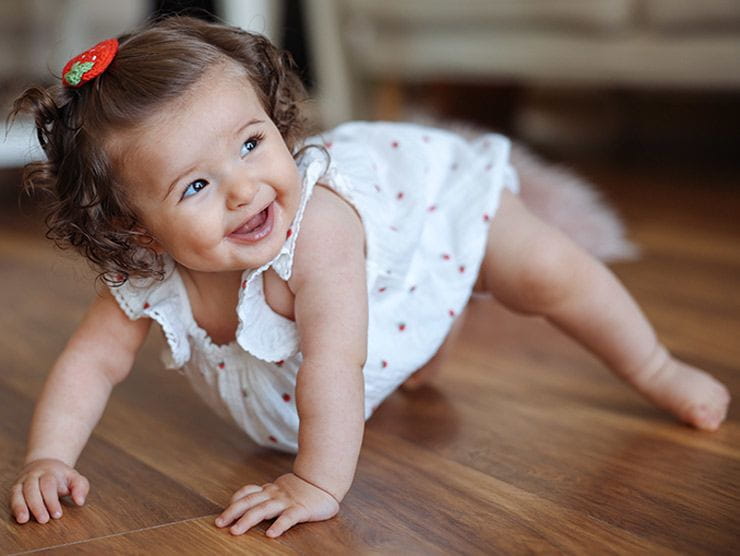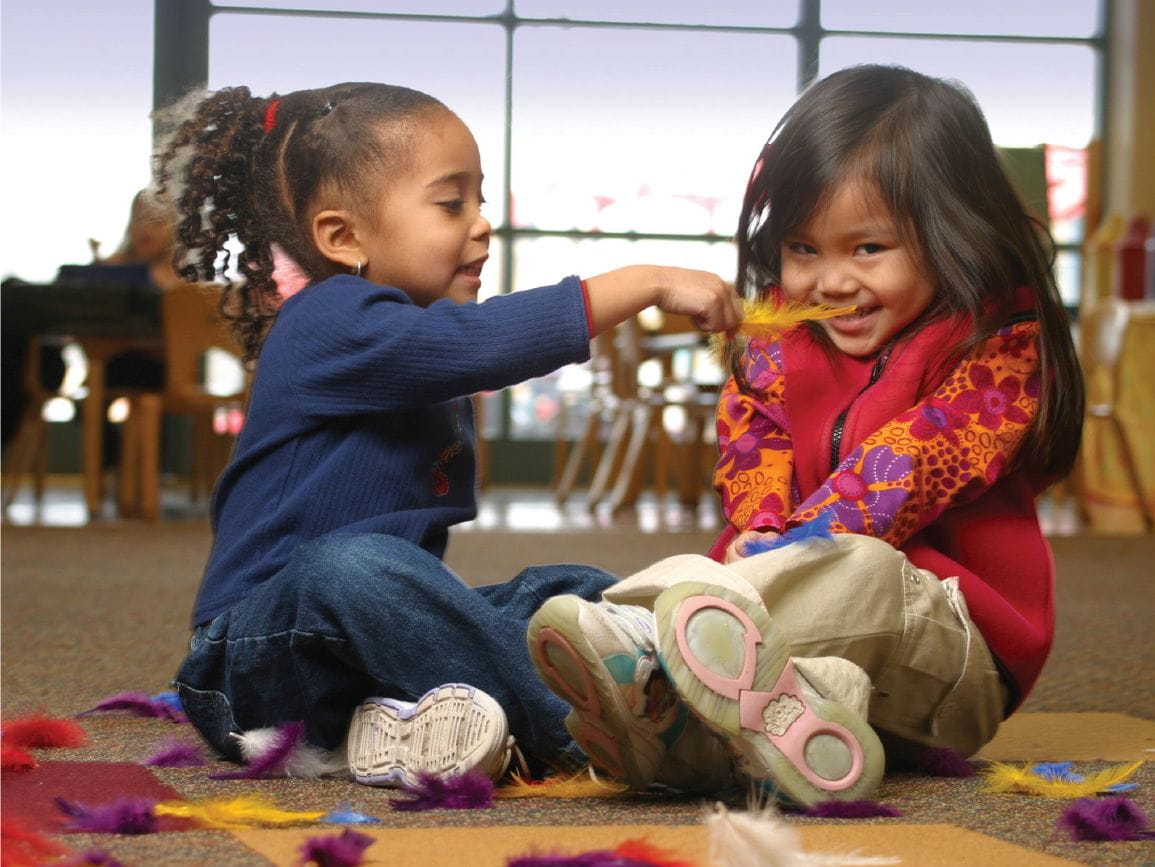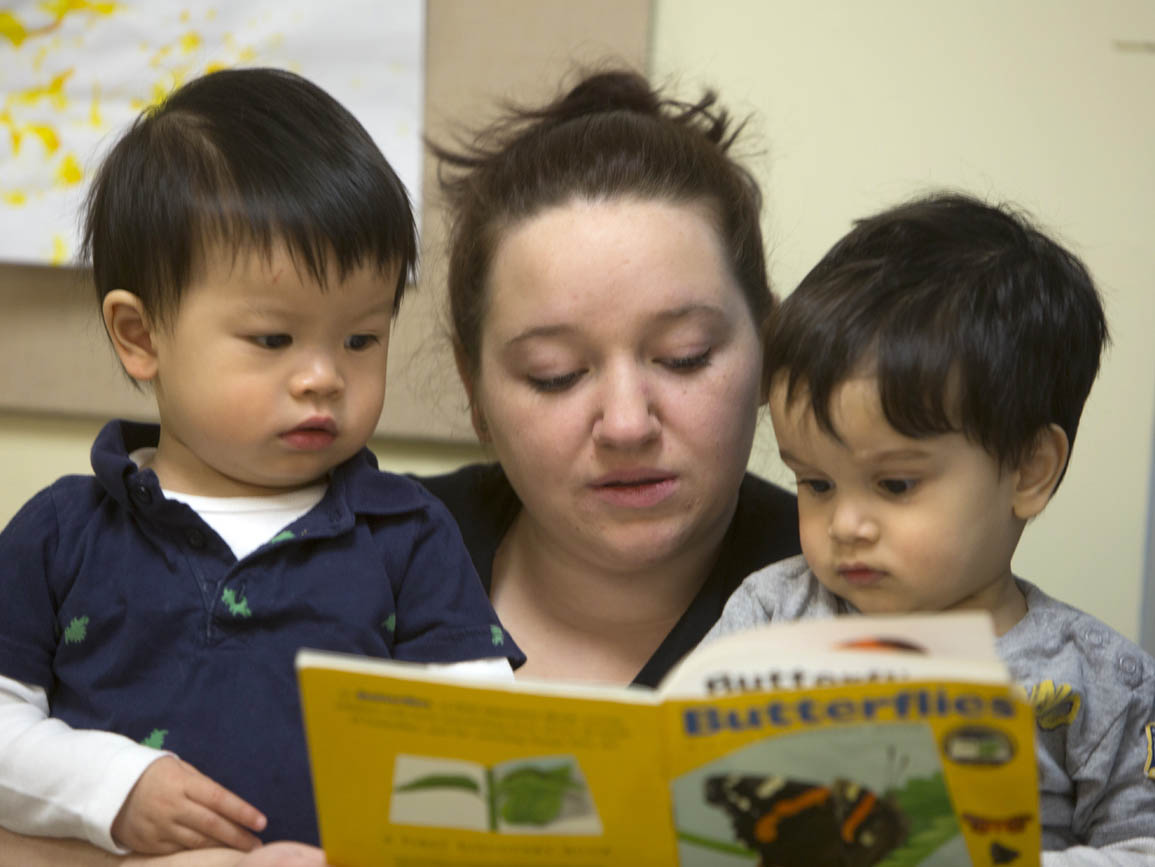At Bright Horizons, when we observe biting behavior at our child care centers, we see this as an opportunity to understand children, express empathy, and find individual solutions tailored to each child’s needs—and you can, too. The first step is considering why a child bites.
Why Do Children Bite?
- Teething. Applying pressure to the gums is comforting when teeth are coming through; infants will use anything available to bite.
- Curiosity, impulsiveness, and lack of self-control. Infants also sometimes bite simply because there is something there to bite. This biting is not intentional in any way, but just a way of exploring the world.
- Excitement and over-stimulation. Sometimes biting can be a way to express excitement. For example, a child may become very excited during music and dancing time in the classroom, and may bite as a way to relieve pent-up feelings.
- Making an impact. Young children like to make things happen, and the reaction when someone is bitten is usually pretty dramatic.
- Frustration. Too many challenges, too many demands, too many wants, too little space, and too many obstacles may lead children to bite, especially before they have the capability to express frustration through language.
How to Respond to Children Who Bite
Below are some of the ways teachers can help or work with children who bite. Many of these ideas are helpful at home, too.
Consider the feelings behind a behavior.
Look at the context in which the biting occurred. Was the bite likely caused by teething, overstimulation, or curiosity? Or was it because the child was frustrated by something? If you’re not sure, reflect on the most likely cause and consider what would be an effective solution. Try that solution first. For a child who is teething, offering teething rings or chilled fruit, for example, is the logical starting point. A child who is frustrated might need extra support and environmental changes.
Closely supervise young children.
Watch for signs that a child is feeling overstimulated or frustrated and act quickly before biting occurs. Offer soothing activities, such as a sensory table with sand or water, play dough, or books, or try doing some mindfulness activities. You can also talk about feelings and offer solutions. “It looks like you were feeling mad when Alex took your blocks. We can’t bite because it hurts, but I’ll help you find more blocks. Soon you’ll feel better.”
Consider environmental changes.
Toddlers sometimes bite when they feel crowded or overwhelmed by other children. Design the environment with several spaces to play. Position adults in separate areas of the room. Offer engaging sensory materials, and rotate them often. Create a consistent and predictable schedule and routine that allows for a relaxed, flexible feeling.
Make sure your child’s needs are met.
Toddlers are more likely to bite when they’re tired, hungry, bored, sad, or in need of comfort. Watch children’s cues and meet needs before children are at the breaking point.
Build relationships…and empathy.
Nothing curbs frustration faster than empathy. Biting feels scary to both the child who received the bite and the one doing the biting. Empathize with both. Let them know that biting isn’t okay, but you’ll take care of them, and help them find solutions.
Use this opportunity to teach your child social-emotional skills.
Toddlers and two-year-olds aren’t developmentally able to share or resolve conflict independently, but teachers can begin teaching social-emotional skills by modeling them, and so can you. For example, if two children want the same toy, the adult can say, “Oh, you both want the same toy right now. What should we do? Let’s find another one.”
Can Parents Prevent their Child from Biting?
First, understand that biting is a common childhood behavior. Try not to panic or take it personally. It does not indicate bad parenting or bad “childing.” Removing significant stresses on the child at home, such as a demanding a schedule or difficult transitions, will make it easier for a child to handle times of stress that do arise.
If your child bites another child in your presence, take the same steps suggested above immediately after the biting occurs, and look for ways to adapt the environment to prevent biting in the future.
If the child is biting at child care, communicate closely with your child’s teachers.
Fortunately, biting is a stage that passes!
What If Your Child is Bitten?
There’s not much worse than seeing a bite mark on your child. All of our parental primal instincts as our child’s protector come into play. It is natural to be upset. But try to remember that biting is a common childhood behavior; it is not a negative reflection on the child, the family, or the program.
Remember, how adults respond to biting is more critical than the behavior itself. Children are still learning skills like self-regulation and emotional expression. Shaming children does nothing to teach those skills. But, a calm, empathetic response will go a long way in resolving the feelings and reasons behind biting, and build a solid relationship of trust for further learning.
Teach. Play. Love. Episode 7: Mindful Kids, Calmer Days
Full schedules and little downtime can cause stress for everyone — including children — but practicing mindfulness can help. How? Find out from Rachel Robertson, education and development vice president, and Ruth Fidino, learning and development director. They’ll cover the many benefits of being mindful, how to pay attention on purpose, and how to use activities, such as Shake the Sillies Out and Mind Bubbles, to help children manage emotions.
Resources Related to Biting Behavior
- It's hard being the parent of THAT kid who bites, hits, and has a little self-control. Read one mom's struggle for understanding.
- Read one mom’s open letter to fellow parents in My Toddler Bites: A Parent Confession and Apology.
- Discover six early childhood development philosophies for parents compiled from early childhood theorists around the globe to use in your home.





